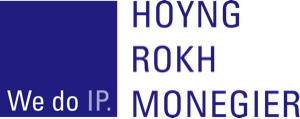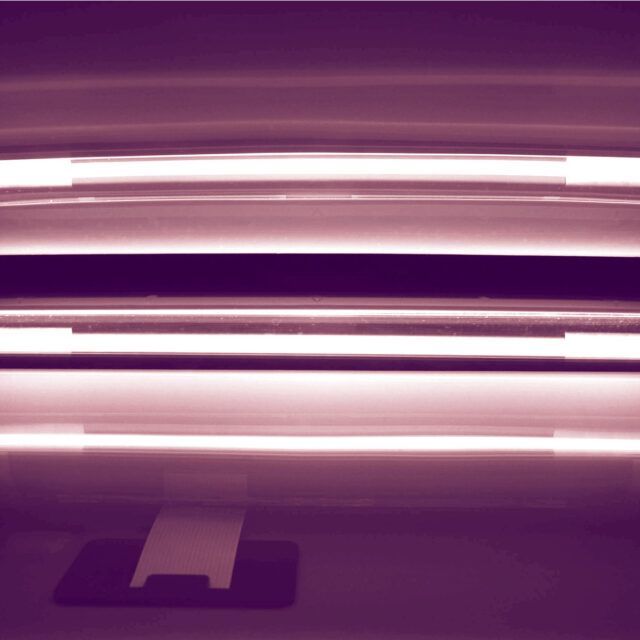The European legislator has been forced to note the inadequacy of existing exceptions to the digital age in which we live: the use of works is taking place in new forms, and increasingly across borders. It has therefore decided to add to the existing exceptions and limitations (1), intended for more traditional modes of use and optional, new exceptions, adapted to digital uses and this time mandatory.
However, these new exceptions are mainly limited to the following areas: education, conservation of cultural heritage, scientific research and innovation (2).
Two not-so-surprising exceptions for the teaching and conservation of cultural heritage
The exceptions in Articles 5 and 6 of the DSM Directive are relatively uncontroversial.
The first one creates a framework for the digital use of copyrighted works under the responsibility of an educational institution and in the context of educational activities (3). The exception cannot be limited contractually but can be limited by member states if appropriate licenses are already readily available. Furthermore, Member States remain free to provide for fair compensation for rightholders for digital uses of their works (4). In order to compensate for such an incomplete harmonisation in a cross-border context, the DSM Directive introduces the principle that authorised acts in this respect take place only in the Member State where the educational establishment concerned is located.
The second exception gives cultural heritage institutions the right to make copies of works belonging to their own collections or to those permanently held by them, with the aim of preserving them.
And a valuable new tool for scientific research and innovation
Articles 3 and 4, on „text and data mining“ („TDM“), were subject to more intense discussions.
TDM is defined by the DSM Directive as „any automated analytical technique aimed at analysing text and data in digital form in order to generate information which includes but is not limited to patterns, trends and correlations „(5). It is therefore a tool that stimulates scientific research and innovation by enabling the analysis of vast quantities of data to draw conclusions that would otherwise be difficult, if not impossible, to draw.
This tool involves steps (6) that potentially (7) infringe copyright (e.g. (temporary (8)) copying of works) or the sui generis right to databases (e.g. extracting content from a database).
The rights to which Articles 3 and 4 of the DSM Directive derogate are the exclusive rights of reproduction, extraction and/or re-use of content provided for in Directives 2001/29 and 96/9141.
The DSM Directive introduces two exception regimes.
The first exception is exclusively for the benefit of research organisations (9) and cultural heritage institutions (10). These entities are authorized to make reproductions and extractions of works or other protected objects on the twofold condition that: (i) they have obtained lawful access to them (11); and (ii) they are acting for scientific research purposes. In view of the limited nature and scope of this exception, Recital 17 of the DSM Directive exempts member states from providing for compensation to rightholders for uses falling under this regime.
The second exception which is much broader, anyone can benefit from it, on condition that : (i) access to the works or other subject-matter concerned has been obtained in a lawful manner (12) ; (ii) reproductions and extractions made on that basis are retained only as long as necessary for the purposes of TDM (13); and (iii) the rightholders of such works or subject-matter have not expressly reserved the use of such works or subject-matter in an appropriate manner, including by machine-readable means for content made available to the public online (14). This third condition makes this article the only exception in the DSM Directive that can contractually be derogated from.
(1) The existing limitations and exceptions therefore continue to exist and to apply, as long as they do not limit the scope of the new exceptions.
(2) Recital 5 of the DSM Directive.
(3) Notably online and in cross-border situations, see recital 19 of the DSM Directive.
(4) Recital 24 of the DSM Directive.
(5) Article 2.2. of the DSM Directive.
(6) For an explanation on the functioning of TDM, see C. Geiger, G. Frosio et O. Bulayenko, « The Exception for Text and Data Mining (TDM) in the Proposed Directive on Copyright in the Digital Single Market – Legal Aspects », Centre for International Intellectual Property Studies (CEIPI), Research Paper No. 2018-02, 2018, pp. 7-8, accessible online : https://ssrn.com/abstract=3160586 .
(7) It has been argued that the TDM simply does not amount to exploitation of a work, but this is beyond the scope of this analysis, see i.a. in this respect European Copyright Society’s General Opinion on the EU Copyright Reform Package of 24 January 2017, pp. 5-6, accessible online : https://europeancopyrightsocietydotorg.files.wordpress.com/2015/12/ecs-o… and Position Statement of the Max Planck Institute for Innovation and Competition on the Proposed Modernisation of European Copyright Rules PART B Exceptions and Limitations, pp. 3 ff., accessible online : https://www.ip.mpg.de/fileadmin/ipmpg/content/stellungnahmen/MPI-Positio… . See contra : Recital 8 of the DSM Directive “ (…) text and data mining can involve acts protected by copyright, by the sui generis database right or by both, in particular, the reproduction of works or other subject matter, the extraction of contents from a database or both which occur for example when the data are normalised in the process of text and data mining. (…)”
(8) Despite the temporary nature of these reproductions, article 5.1 of Directive 2001/29 does not, on its own, provide a certain legal framework for TDM, in particular because this exception is subject to strict conditions of application (see Infopaq, C.J.E.U., 17 January 2012, C-302/10, EU:C:2012:16).
(9) Defined in article 2.1 of the DSM Directive. See also its recitals 11 and 12.
(10) Defined in article 2.3 of the DSM Directive. See also its recital 13.
(11) Lawful access should be understood as covering access to content based on an open access policy or under contractual arrangements as well as access to freely accessible content online. See recital 14 of the DSM Directive.
(12) Ibid.
(13) Reproductions and extractions made pursuant to article 3 may be retained for the purposes of scientific research, including the verification of research results (Art. 3.2 of the DSM Directive).
(14) Recital 18 of the DSM Directive provides that with regard to content made available to the public online, the reservation of rights should only be considered appropriate if it is made by means of machine-readable processes, including metadata and the terms and conditions of use of a website or service.

